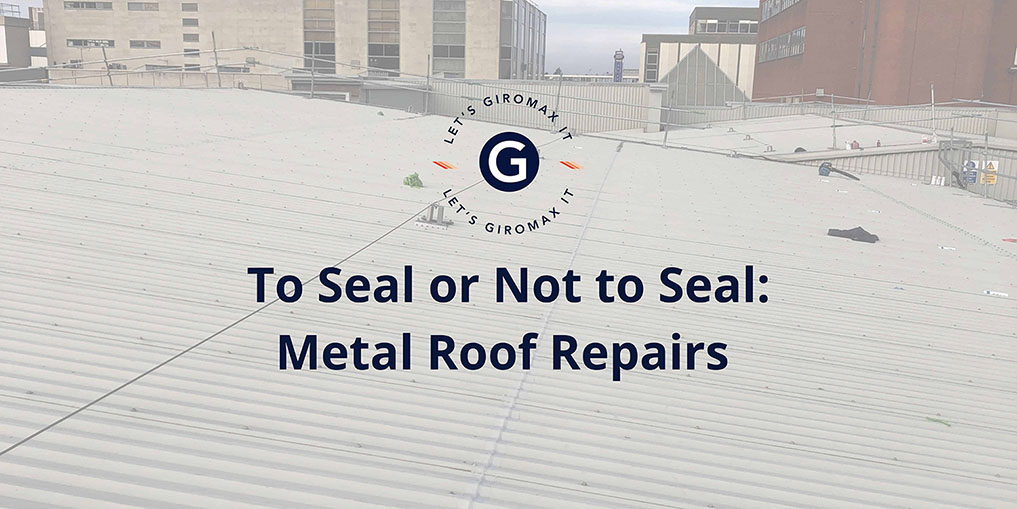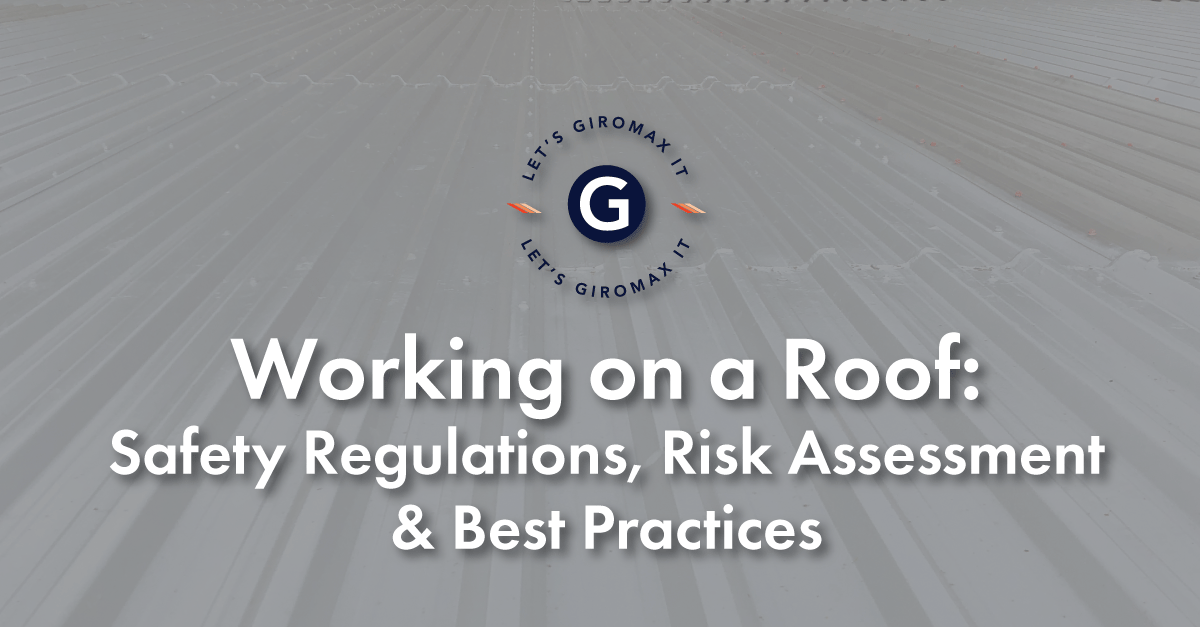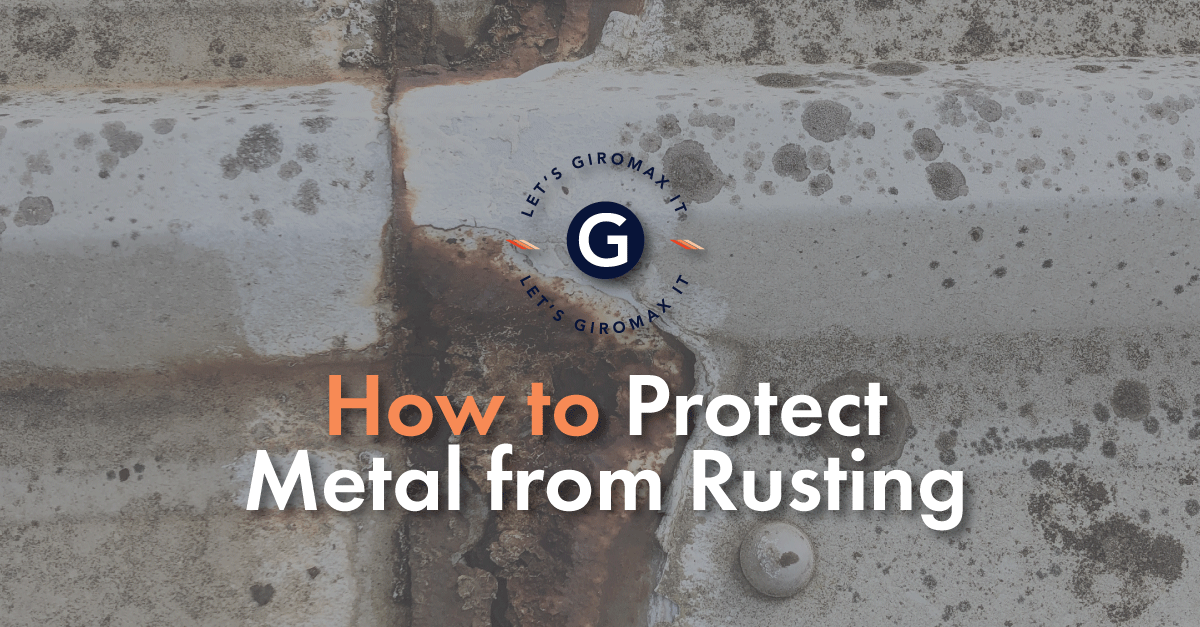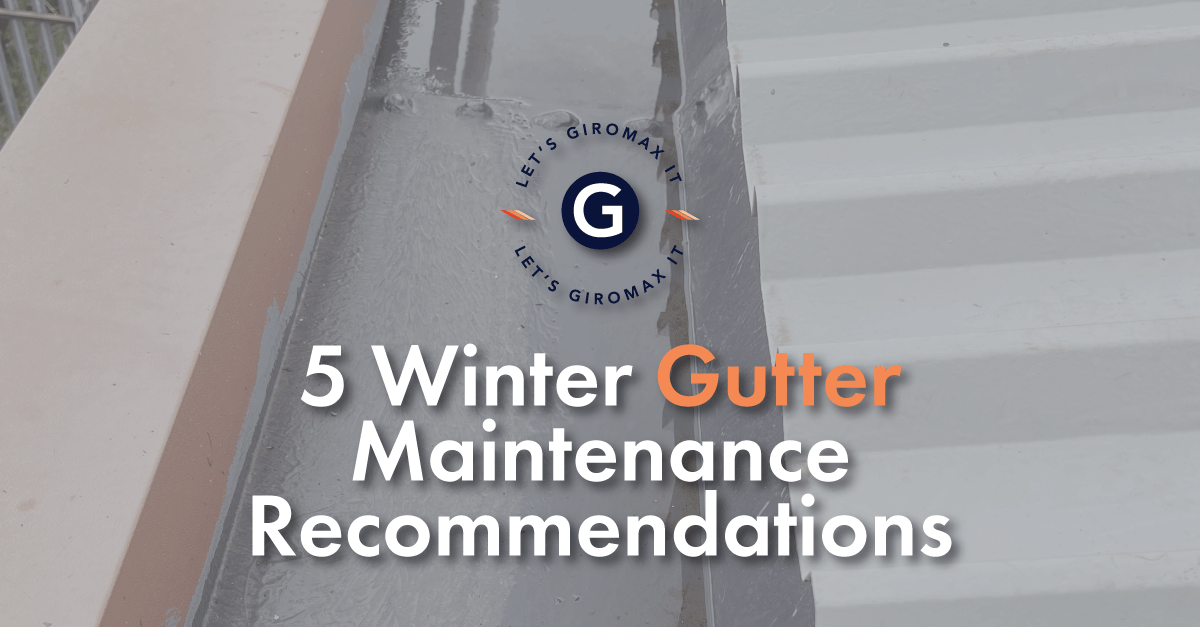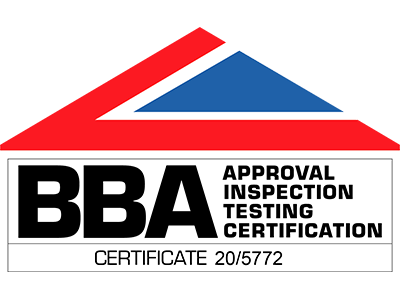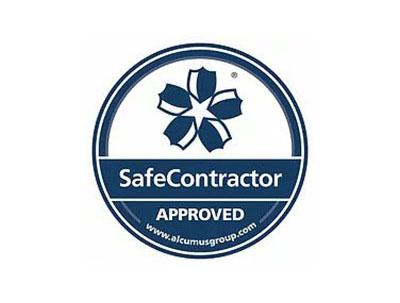To Seal or Not to Seal: Metal Roof Repairs
When it comes to metal roof repairs, the question we’re always asked is whether or not to seal the gaps where the sheets overlap. There are arguments for and against sealing a metal roof, so let’s take a closer look at the subject.
Before applying a roof coating, or treating cut edge corrosion, it is often advised to seal the gap at the end lap of every roof sheet. But should they be left unsealed? According to a technical paper (TP16) originally published in 2004 but updated in 2015, the advice is very much to seal. This paper was produced following testing by MCRMA, which has long recommended butyl strip seals up to 5mm thick for sealing gaps where the sheets overlap.
British Steel also became involved in the debate, having come up with a solution designed to fix problems arising from roof overlap. The British Steel specification was created to prevent rainwater from affecting the overlap through the application of an external seal, which must be flexible, UV stable and with strong adherent properties.
Specific problems surrounding metal roof overlap
When roofing sheets are manufactured, the reverse side is coated with Plastisol, which is applied in a very thin layer. This backing coat is water permeable, and once in contact with water, the zinc layer on the reverse side will start to erode. This is a particular issue at any roof overlap, where the cut edges of the metal sheets are continually exposed to the elements.
Surface tension ensures that water is held on the cut edges of the metal. And once water is drawn into the lap between the sheets, capillary action draws it up further, holding it in place where it can quickly start causing damage. Because the water is held in place within the gap, those exposed parts of the metal sheet never dry out completely, which has the potential to create serious damage over time. Eventually, the zinc layer on the reverse side of the sheet becomes eroded, potentially allowing the ingress of water into the building, compromising the roof’s integrity.
The British Steel specification addresses the problem by the application of an external seal, but this option isn’t without its flaws. Although the seal prevents the ingress of rainwater into the lap, it can also act as a dam. This means water entering the lap due to another issue, such as a failed seal or fixing, is unable to escape. After all, the purpose of an overlap has never been to allow water to drain away from the roof. Capillary action will always ensure water is retained in the lap, and that can lead to expensive problems further down the line, once water damage has occurred.
Is it better not to seal?
When a metal roof has been well constructed, water is unable to enter the lap other than by external means. However, a poorly constructed roof, or failed components, can cause water to dam behind the seal, where it will eventually start to leak into the interior of the building. So perhaps it’s better not to seal. After all, if residual moisture within the lap can’t escape, surely there are bound to be problems at a later stage?
But if the lap isn’t sealed, leaks are almost certain to occur. Without any seal, the capillary action that draws water between the sheets isn’t prevented. Over time, it’s inevitable that the reverse side of the metal sheet will be subject to corrosion, eventually allowing water to leak into the building. The only way to deal with this scenario is to investigate the source of water ingress and stop it from occurring. Once the cause of the leak has been identified and dealt with, it’s essential to dry out the metal sheet as fully as possible before sealing the gap.
Although rust will inevitably develop from the iron content of the steel reacting with oxygen in the presence of water or moisture, this is only temporary when a coating is applied to the lap. As long as there’s no ongoing presence of oxygen, any water within the lap will evaporate as the metal roof is warmed by the sun, resolving the issue permanently.
When it comes to Giromax® products, we not only started this market, but we lead the market. Our coating technology expertise enables us to continually develop products and provide guidance to you and your clients. If you need advice on any of our product range, please speak to the Giromax team or call 01455 558969 today.
Get updates from us
Sign up to our newsletter to receive all the latest news and insights from Giromax Technology.
Subscribe to NewsletterRelated articles
Working on a Roof: Safety Regulations, Risk Assessment & Best Practices
When working on a roof, understanding work at height regulations and conducting a risk assessment helps to ensure essential safety...
How to Protect Metal from Rusting
When considering how to protect metal from rust, there are treatments for roofs. We look at common methods to prevent...
5 Winter Gutter Maintenance Recommendations
Regular gutter inspections in winter and removal of debris, snow and ice ensures gutters stay clean. We share winter gutter...

